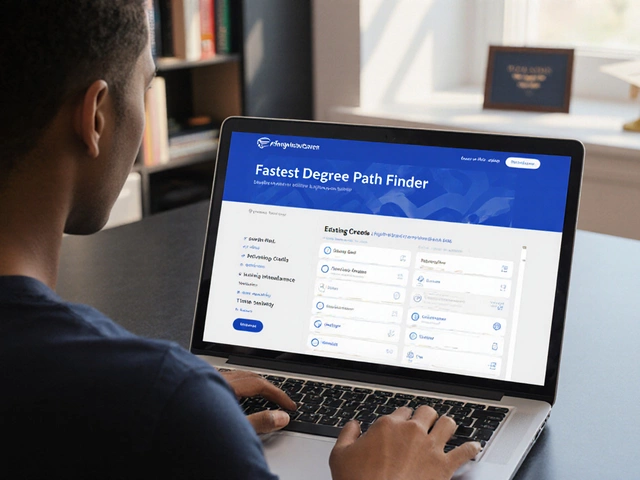Online Courses: How to Pick the Right One and Get the Most Out of It
Ever wondered why some people finish a course in weeks while others drop out after a few lessons? The secret isn’t magic – it’s choosing the right course and using simple habits that keep you on track.
First, figure out what you actually need. Are you looking to add a skill for work, earn a certification, or explore a hobby? Write down the goal in one sentence. For example, “I want to learn basic Photoshop to create social‑media graphics.” That one‑line statement will filter out irrelevant options faster than scrolling through endless lists.
Spot the Quality Signals
When you browse platforms, look for three quick markers:
- Instructor credibility: Check the teacher’s background. A short bio with real‑world experience (e.g., “10 years as a data analyst”) beats a vague title.
- Course structure: Good courses break material into bite‑size modules, include quizzes, and give clear milestones.
- Student feedback: Read recent reviews, not just the star rating. Comments about up‑to‑date content or responsive support matter more than a perfect 5‑star score from years ago.
If a course ticks all three, you’re likely looking at a solid fit.
Set Up a Simple Learning Routine
Studying online can feel like a free‑for‑all. The trick is to treat it like a regular class. Pick a consistent time slot—maybe 7 pm after dinner—then block that hour on your calendar. Use a timer: 25 minutes of focused work, 5‑minute break (the classic Pomodoro). After each session, jot down one takeaway. That note becomes a quick reference later and reinforces what you learned.
Another easy habit is to join the course’s community. Whether it’s a forum, a Discord channel, or a Facebook group, asking a question or sharing a tip keeps you accountable. Seeing other learners post progress often nudges you to move forward.
Finally, apply what you learn right away. If the lesson covers creating a spreadsheet formula, open Excel and try it on a real problem. Application cements knowledge far better than passive watching.
By following these steps—clarify your goal, hunt for quality signals, and build a tiny routine—you turn any online course into a practical tool, not just another video series.
Ready to start? Search for courses that match your one‑sentence goal, check the three quality markers, and schedule your first 25‑minute session today. The results will speak for themselves.










